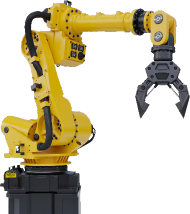Advancing Urban Development
The provision of adequate housing is a critical need for improving the well-being of citizens. However, one of the major challenges in addressing urban housing issues in Jakarta is the lack of accurate, up-to-date, and reliable data on uninhabitable houses in densely populated areas.
In response, the DKI Jakarta Provincial Public Housing and Settlement Areas, in collaboration with BINUS University and several other academic institutions, has launched an initiative to apply geospatial technology for the development of housing and urban settlements. This initiative is part of the universities' *Catur Dharma* for Higher Education, focusing on public housing improvements and urban area development.
Geospatial Mapping
This research combines conventional survey methods with modern geospatial technology to create a comprehensive database of slum and poor housing areas. The criteria for selecting the study locations include districts with the densest populations in each administrative region of DKI Jakarta (based on 2020 data) and areas identified as slums, following the guidelines in Jakarta Governor Regulation No. 90 of 2018.
The uniqueness of this project lies in its innovative combination of conventional surveying, advanced technology, and geospatial mapping to assess the conditions of poor housing areas. The goal is to create a more accurate picture of housing conditions, with a particular focus on improving sanitation and livability.
Empowering Communities
BINUS University is leading data collection efforts in key areas, including Cipinang Besar Utara, Kampung Melayu, Kayu Manis, Rawa Badak Selatan, and Kalianyar. This study will provide essential data on both suitable and unsuitable housing, allowing the DKI Jakarta Provincial Public Housing and Settlement Areas office to effectively target and revitalize slum areas.
BINUSIAN researchers, such as Andi Bayu Putra, Yureana Wijayanti, and Juliastuti hope that this project will not only provide accurate data to improve housing conditions in Jakarta but also serve as a model for using technology to create more livable urban environments across Indonesia.

